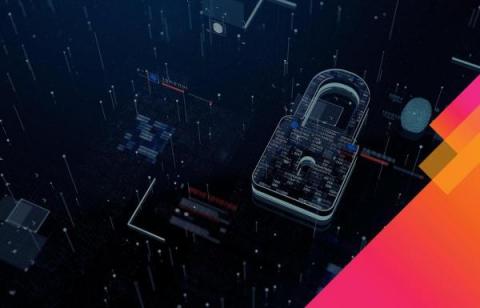Weekly Cyber Security News 15/10/2021
A selection of this week’s more interesting vulnerability disclosures and cyber security news. For a daily selection see our twitter feed at #ionCube24. This week a few quite chilling hacks appeared in my feed. They all may at first glance appear amusing but think how they could well have turned out…










